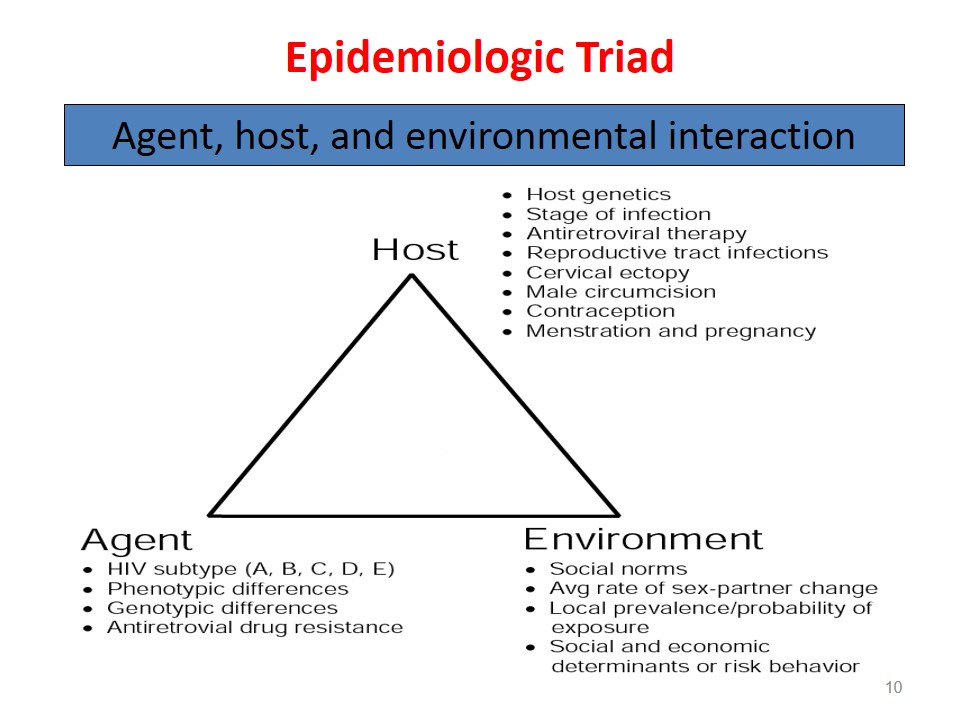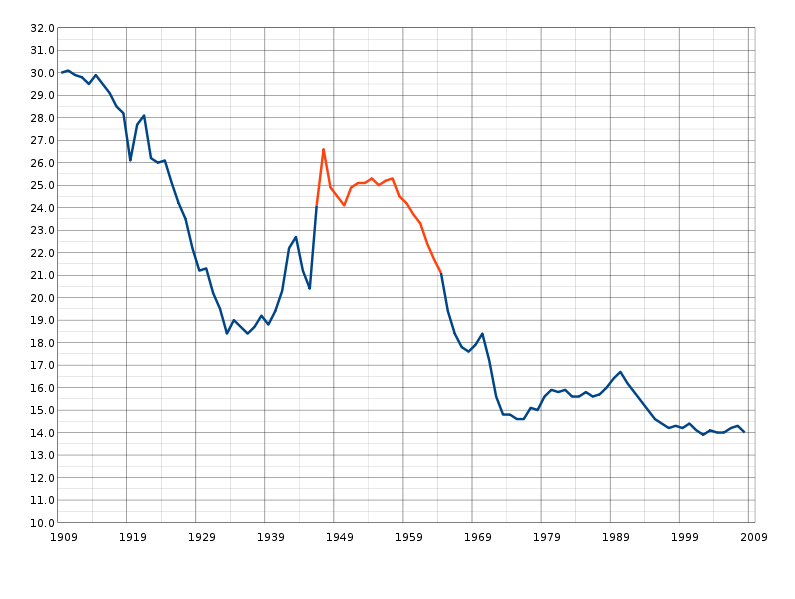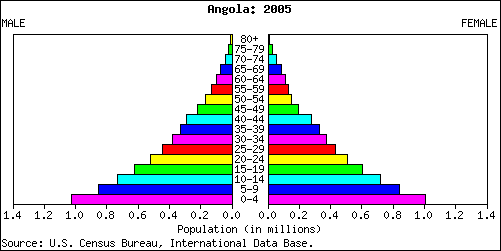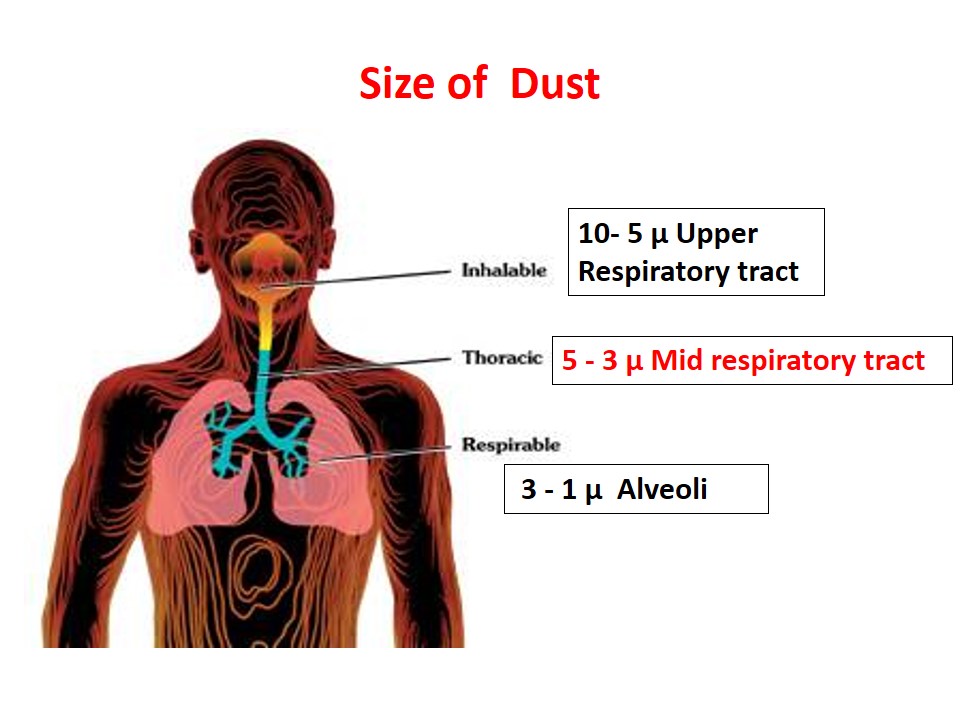Webster defines disease as a state in which body health is impaired, a departure from a state of health, an alteration of the human body interrupting the performance of vital functions.
Oxford defines disease as a condition of the body or some part or organ of the body in which its functions are disrupted or deranged.
From ecological point of view, disease is defined as a maladjustment of the human organism to the environment.
The simplest definition of disease is that disease is just the opposite of health or any deviation from normal functioning or state of complete physical or mental well being.
WHO has defined health but not disease.
Disease literally means “Without ease” (Uneasiness). Disease is just the opposite of ease.
Concept of Causation of disease
Various concepts of disease causation have existed in the past:
- Supernatural theory of disease
- The theory of humors
- The concept of contagion
- Miasmatic theory of disease
- The theory of spontaneous generation
- Germ theory of disease
Natural History of Disease
It is the way in which a disease evolves over time from the earliest stage of its pre-pathogenesis phase to its termination as recovery, disability or death, in the absence of treatment or prevention.
Pre-Pathogenesis Phase
It is the period preliminary to the onset of disease in man. The diseases agent has not yet entered the man but the factors which favor its interaction with the human host are already existing in the environment.
Pathogenesis Phase
The pathogenesis phase begins with the entry of the disease agent in the susceptible human host.
Disease results from a complex interaction between man, agent and the environment.
Agent
The disease agent is a substance , living or non living, or a force, tangible or intangible, the excessive presence or relative lack of which may initiate or perpetuate a disease process.
Disease may have a single or a number of independent agents or a complex of two or more factors.
Biological agents– living agent of disease Bacteria, Viruses, protozoa, fungi, rickettsia
Nutrient agents– Protein, carbohydrate, vitamins, minerals and water
Any excess or deficiency of the nutrient elements may result in nutritional disorders, anemia, goiter, obesity
Physical agents –Exposure to excessive heat, cold, humidity, pressure, radiation, sound
Chemical agents– metal fumes, dust, gases, insecticides
Mechanical agents – exposure to chronic friction and other mechanical forces may result in crushing, tearing, sprains, dislocations
Social agents – poverty, smoking, abuse of drugs, unhealthy life style, social isolation
Host
Human host is referred as soil and the disease agent as seed. Host factors play a major role in determining the outcome of an individual’s exposure to infection.
Host factors
· Demographic – age, sex, race
· Biological – genetic factors
· Social and economic factors
· Lifestyle factors
Environmental factors
All that which is external to the individual human host, living or nonliving and with which he is in constant interaction. This include all surrounding such as air, water, food, housing etc.
- Physical environment
- Biological environment
- Psychological environment
Spectrum of health
Health and disease lie along a continuum, and there is no single cut off point. The lowest point on the health-disease spectrum is death and the highest point positive health.
Spectrum of Disease
Variation in the manifestations of disease. Disease spectrum are sub clinical infections (unidentified) to fatal illnesses. Illnesses ranging in severity from mild to sever
Iceberg of Disease
Floating tip of the iceberg represents what the physician sees in the community- the clinical cases. The vast submerged portion of the iceberg represents the hidden mass of disease- latent, in apparent, presymptomatic and undiagnosed cases and carriers in the community. Water line represents the demarcation between apparent and in apparent disease.
 howMed Know Yourself
howMed Know Yourself





